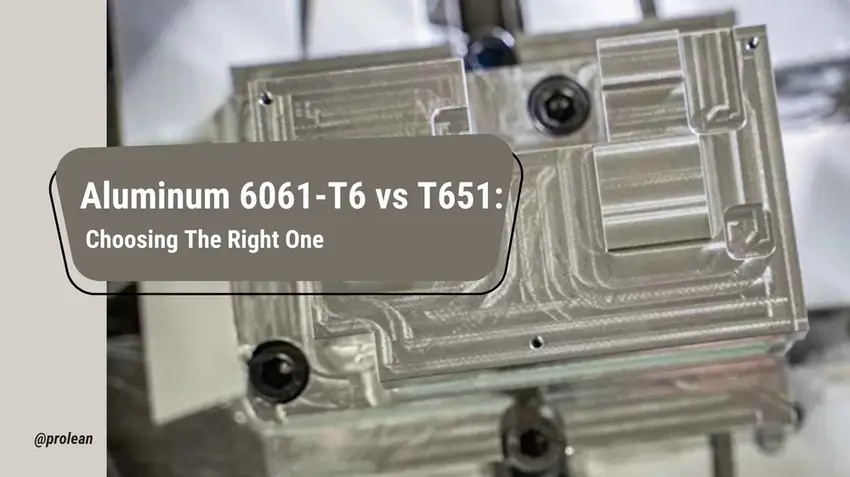
Aluminum 6061-T6 Vs T651 are of the same composition but vary in their mechanical properties. It’s challenging to differentiate them, particularly when choosing the appropriate temper for a desired application.
This article will analyze the differences between the two alloys concerning their machinability, formability, and hardness. Moreover, we will discuss the influences and benefits of stress relief in 6061-T651 over 6061-T6 and which is more desirable. Understanding these differences will allow you to make a sound decision depending on your project needs.
What is the Difference Between 6061 t6 and t651? A Detailed Comparison
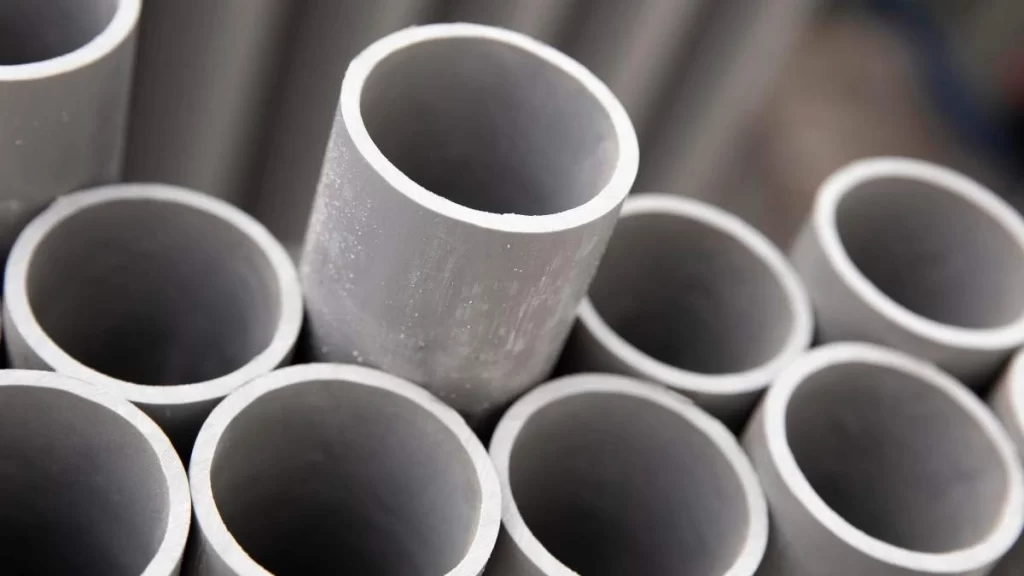
Aluminum 6061-T6 Pipes
6061-T6 is incredibly strong, lightweight, and easy to cut. It also retains its shape during machining, making it a preferred option for precision parts. Moreover, it performs well in manufacturing aerospace brackets and automotive housings.
Is 6061-T6 Hard to Machine?

Aluminum 6061-T6 Profile
If you compare 6061 aluminum to other alloys, 6061-O is generally easier to machine than 6061-T6, due to its softer, annealed state. While, the T6 temper, being hardened, makes machining more challenging. The added hardness of the T6 temper does make it a bit harder to cut.
However, ingrained speed and tool setting allow for smooth machining, and poor control over speed leads to rough surfaces and chatter formation.
What Are The Best Tools for Machining 6061-T6?
Tools made of carbide are optimal for machining 6061-T6, given their increased hardness. Besides, HSS tools are also doable, and effective. These are worn out easily, making them less efficient for prolonged machining. However, coating will prevent edge prevents a sharp edge and greatly improve.
Cutting Speed and Feed Rate
6061-T6 requires high cutting speeds to minimize cut roughness. A moderate feed rate will help manage chip output and ensure tool sharpness. With the right speed, getting flawless parts is achievable.
Lubrication and Cooling
While machining 6061-T6, heavy flooding is not always necessary. A light mist or air blast is often sufficient to keep it cool. Because excessive lubrication may cause chip sticking. So it’s better to manage heat with minimum collateral damage.
Surface Finish and Chip Control
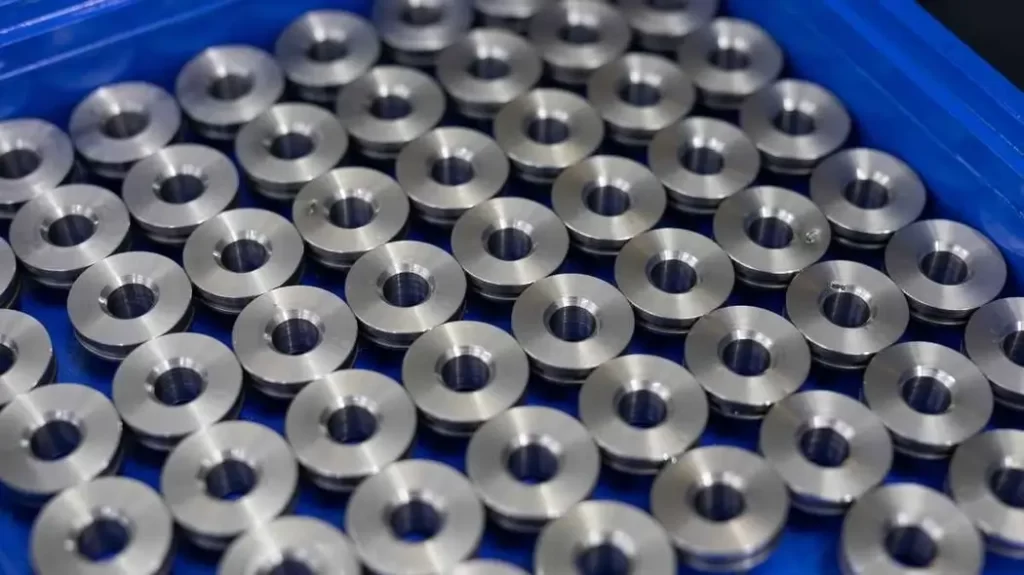
Finished Al-6061-T6 Parts
Aluminum 6061-T6 alloy produces long, curvy chips that need adequate control. Using sharp tools with the appropriate cutting angles increases the chances of effective chip breaking. In addition, fewer finishing passes on aluminum 6061-T6 create a smoother and more polished surface.
Machined Parts Commonly Available
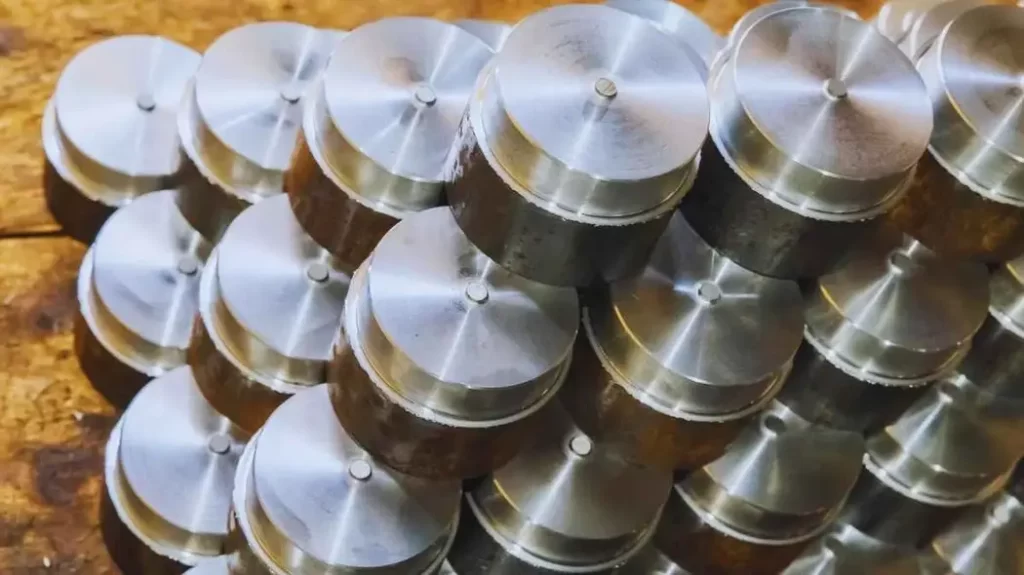
Al 6061-T6 Machined Parts
Several manufacturing sectors from aerospace to robotics to automotive rely heavily on aluminum 6061-T6. Custom brackets, housings, and industrial parts are usually made of it. Moreover, parts made through CNC machining encompass tight tolerances and strength. In applications where precision is key, 6061-T6 is the ideal alloy.
So, when used correctly, 6061-T6 is a machinist’s best choice. Having sharp tools while operating at the right speeds and reasonable control of chips is crucial. Follow the right procedure to get smooth, top-quality parts. If you need premium quality aluminum machined products, contact our team. Our facility offers a wide range of materials to meet your needs. Get in touch for custom cnc aluminum services.
Try Prolean Now!
Why Aluminum 6061 t651 Properties are Best for Machining?
6061-T651 benefits from stress relief, and reduces the risk of warping during machining. While it minimizes distortion, other factors such as machining strategy and geometry can still influence the final result. Moreover, it is perfect for precision parts with tight tolerances. If you need consistency while machining, T651 is the way to go.
How Hard is 6061-T651 to Machine?
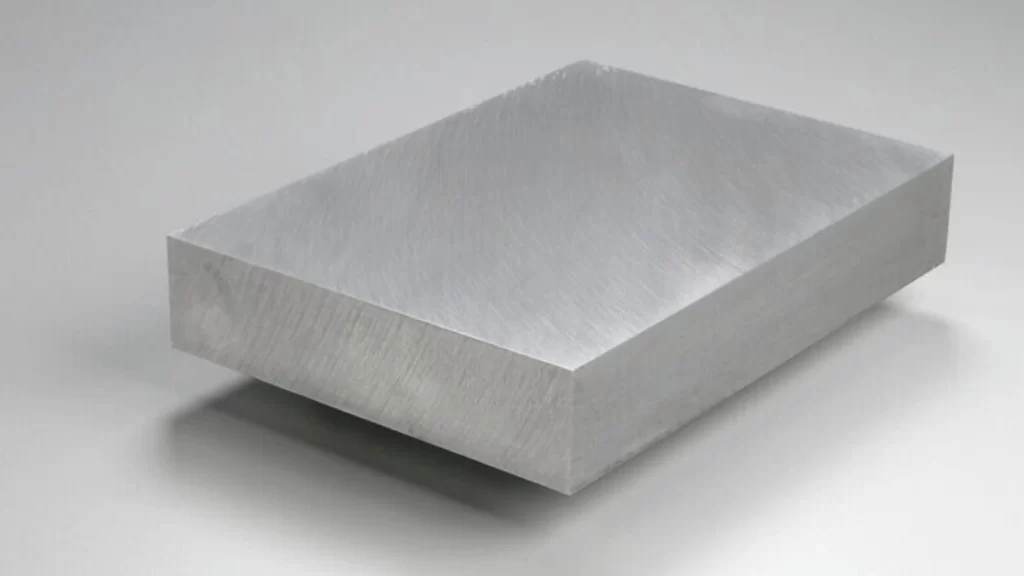
Aluminum 6061-T651 Raw Materials
6061-T651 is slightly more difficult to work with compared to 6061-T6, but its stress-relief process reduces distortion compared to other untreated aluminum alloys. It reduces the adjustments needed as well as increases the accuracy in machining. With the correct setup, it can be precisely cut to shape into desired parts.
What Are The Best Tools for Machining 6061-T651?

Tools For Machining Aluminum
Carbide tools are ideal for cutting T651 due to their wear resistance. HSS tools can work, but they tend to wear out quickly. Therefore, incorporating sharp carbide tools makes the resulting cuts better, and more effective for high-volume or heavy-duty machining. Avoiding built-up edges will help prevent the material from sticking.
Cutting Speed and Feed Rate
Machining T651 generally requires a high cutting speed to maintain efficiency. Slower speeds cause a rough finish, and the tools used can be damaged. With a balanced feed rate and the right tooling, you can precisely control chip formation. When all the correct parameters are incorporated, the machining process can be efficient, and predictable.
Coolant and Lubrication Systems
Moderate flooding can be effective for cooling T651, though light mist cooling can also work well in certain scenarios, particularly where heat control is less critical.
A slight application of lubricant is effective in avoiding chip welding. Because excessive coolant use can disrupt the smoothness of the cutting operation. A dry to slightly greased condition is preferred.
Chip Control and Surface Finish
Aluminum 6061-T651, produces long, stringy chips, which require breaking. Chip control can be improved by using sharp tools with positive rake angles. In addition, surface finish quality is maximized by reduced feed rates during finishing passes. Besides, a controlled chip removal validates the efficiency of the machining area.
Common Machined Parts
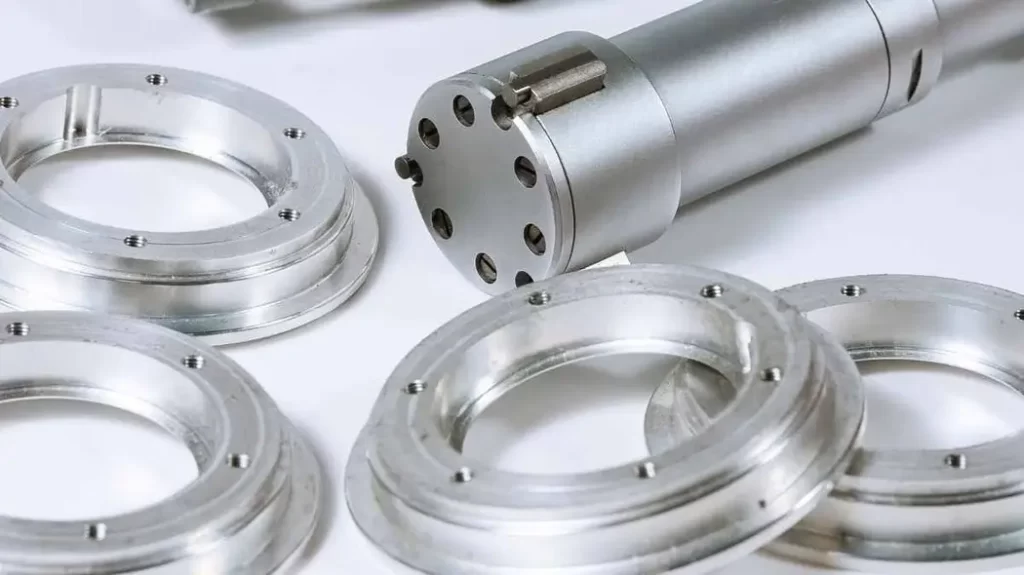
Aluminum 6061-T651 Machined Parts
Precision manufacturing, aerospace, and automotive industries more often use the 6061-T651 alloy. It is optimal for structural parts, frames, and machinery components.
Parts produced by CNC machining are accurate, stress-free, and can meet close geometrical tolerances. When dimensional stability is desired, T651 should be the material of choice. Read more about 6061 vs 7075 aluminum.
Try Prolean Now!
Aluminum 6061-T6 vs 6061-T651: Which Alloy is Right for Your Project?
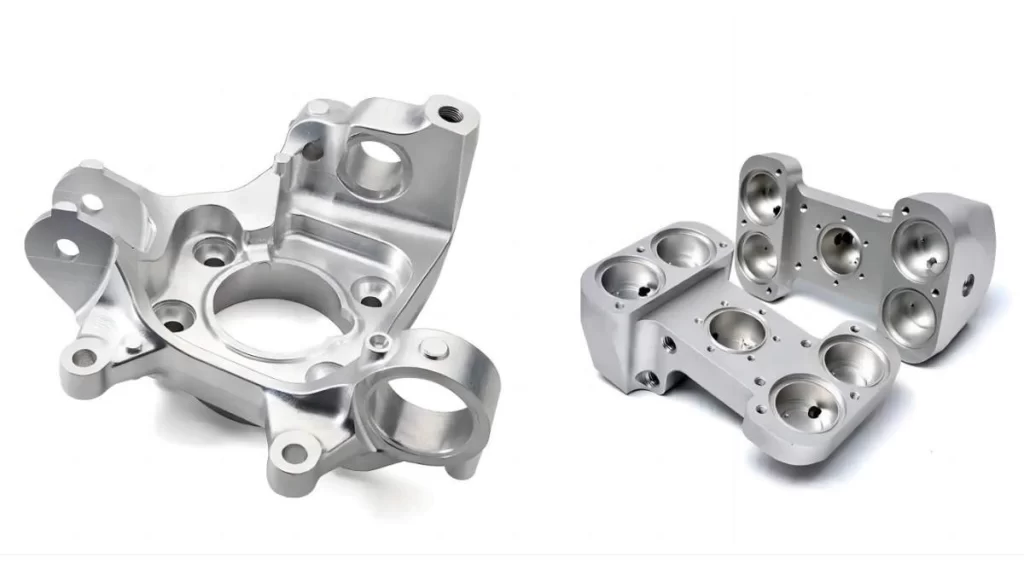
Highly Detailed Aluminum Products
If you’re machining aluminum, both 6061-T6 and 6061-T651 grades are solid choices. However, these behave differently under the cutting process. Here’s a simple breakdown to help you decide the right aluminum grades:
Table: 6061 t6 vs 6061 t651: A Comparative Analysis
| Factors | 6061-T6 | 6061-T651 |
| Strength | Strong & durable, |
Slightly stronger with better stress resistance |
| Hardness |
Hard but can move under stress |
More stable, holds shape better |
| Machinability |
Cuts well but may distort |
Easier to machine with better accuracy |
| Stress Relief |
Not stress-relieved, may warp |
Pre-stressed, so it stays true after cutting |
| Chip Control |
Forms long chips, so, needs sharp tools |
Similar but breaks chips slightly better |
| Surface Finish |
Can need extra finishing passes |
More consistent surface finish after machining |
| Best Uses |
General machining, aerospace, auto parts |
Precision machining, tight-tolerance parts |
Which One Should You Use?
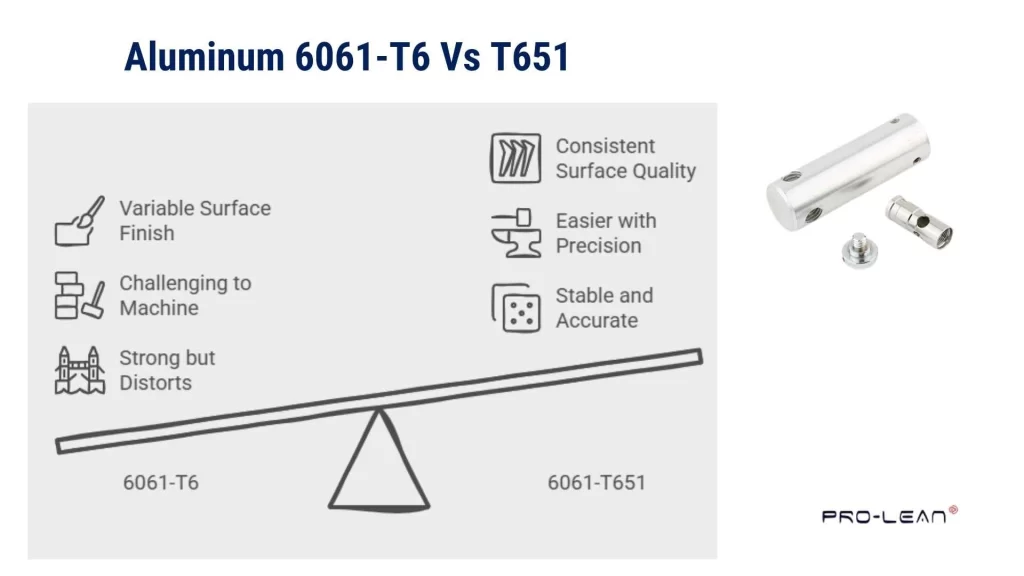
Infographic: Aluminum 6061-T6 Vs 6061 T651
- Go with 6061-T6 if you need a strong, reliable aluminum that machines well for most jobs.
- Select 6061-T651, if you need high dimensional accuracy and don’t want parts shifting after machining.
Related To: 3003 aluminum vs 6061 aluminum
How to Select Between 6061-T6 and T651 for Aluminum Machining?
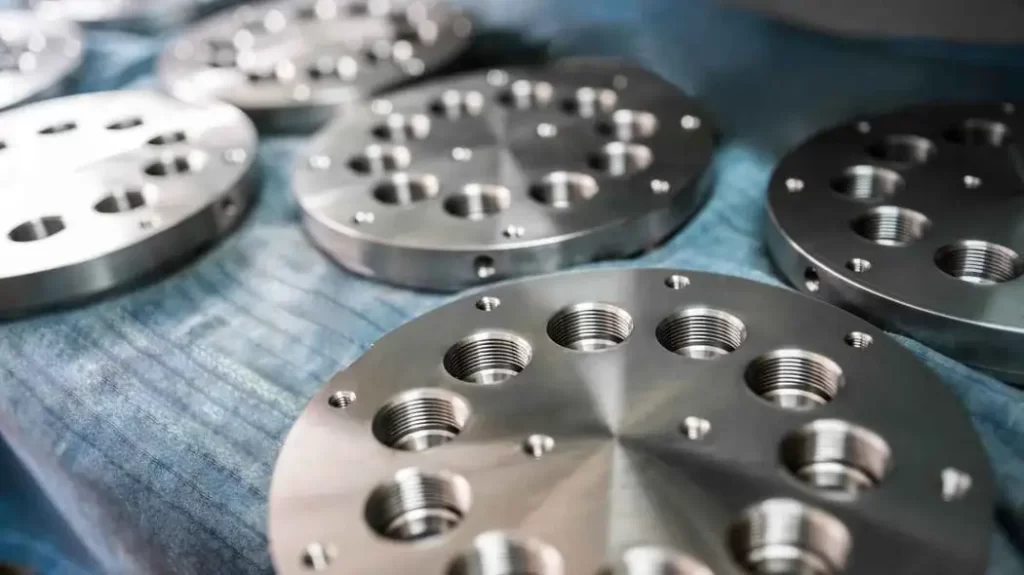
Uniform Finished Aluminum Parts Displayed
The selection of 6061-T6 or 6061-T651 depends on many specifications required for machining. The behavior of both alloys during machining is different due to their identical compositions. Here’s what you need to keep in mind for the right selection:
1. Do You Require High Accuracy In Dimensions?
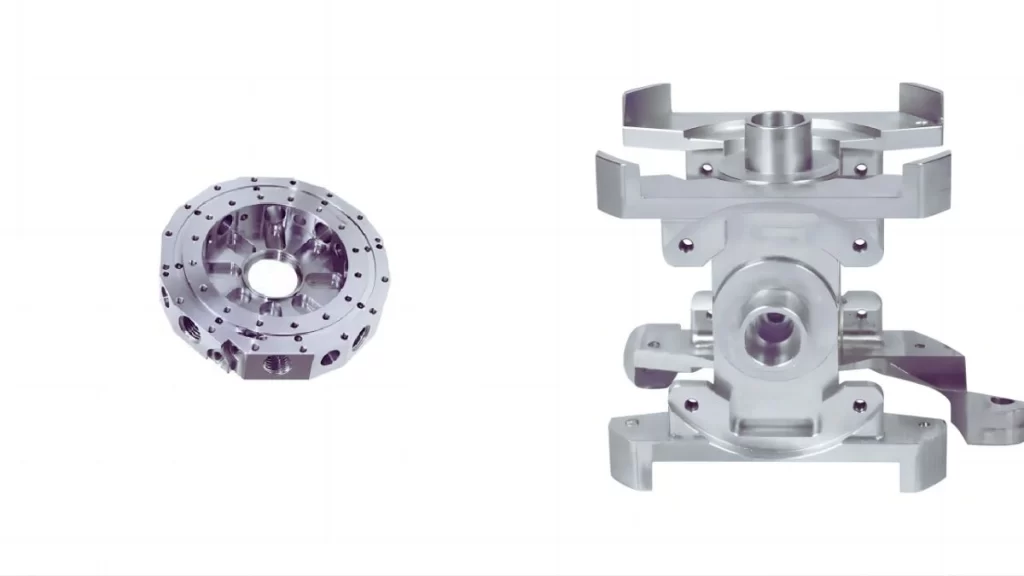
High Dimensionally Accurate Aluminum Products
If tight tolerances are expected, T651 would work better. Because it is stress-relieved, so, there will not be any warping around the part after machining.
Moreover, if you need to create components for aerospace engineering, T651 will ensure that components remain unchanged dimensionally after processes are conducted. T6, in comparison, could shrink to a certain extent in post-milling processes. So, chances are higher, that it would cause issues in measurement.
2. Are You Dealing With Large or Thin-Walled Components?
Thin walls and large pieces are exposed to bending deformation. Consider a scenario where you are machining an aluminum-thin wall case for electronics. Using T6 with external cutting processes can cause the material to bend more. It happens due to internal stresses. As a result, the material may not maintain a consistent thickness.
In contrast, T651 will allow the perfectly shaped box to be used to hold the equipment. As T651 is stress-relieved and provides stability.
3. What Setup And Speed of Machining Do You Prefer?
For high-speed aluminum CNC machining, T6 works perfectly with the right speed and cooling. However, T651 is more efficient for deeply cut pockets and complex sculptured contours.
If the objective of the work is to manufacture automotive suspension components, T651 would be the preferred option. Since deep features can be cut without any concern about the material undergoing distortion.
4. The Inquiry About Surface Finish
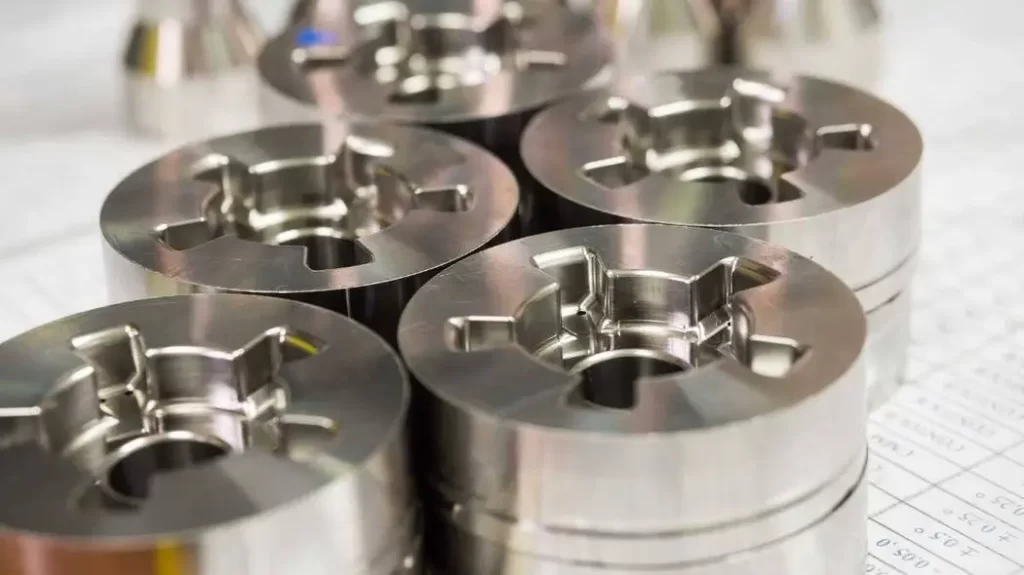
Refined Finished Quality Products
T651 is easier to work with if the part has a smooth, consistent surface finish. If you are working with aerospace brackets that require minimal post-finishing, T651 is a time saver.
T6 achieves optimum surface finishes too, but it may require additional passes and/or stress relief after machining.
5. Are You Welding The Part After Machining
Both alloys weld well, but post-weld machining may result in some stress on T6. If you are custom machining a bike frame, jointly welded components will need machining, and that may lead to some unintended frame distortion.
In comparison, T651 deals with such challenges more effectively and keeps the frame in alignment.
6. What’s the Set Budget and Lead Time?
Generally, T6 is more available and less expensive which makes it practical for general machining projects. However, if high precision is needed without extra stress relief, T651 is a better choice. It helps save time and reduces rework costs.
Applications of 6061-T6 and T651 Aluminum in Aerospace and Automotive Industries
6061-T& and 6061-T651 are common in the aerospace and automotive industry. Both alloys are strong, lightweight, and resist corrosion. This makes them ideal candidates for high-performance parts. Their difference is usually based on precision, stability, and machining requirements.
1. Aerospace Uses
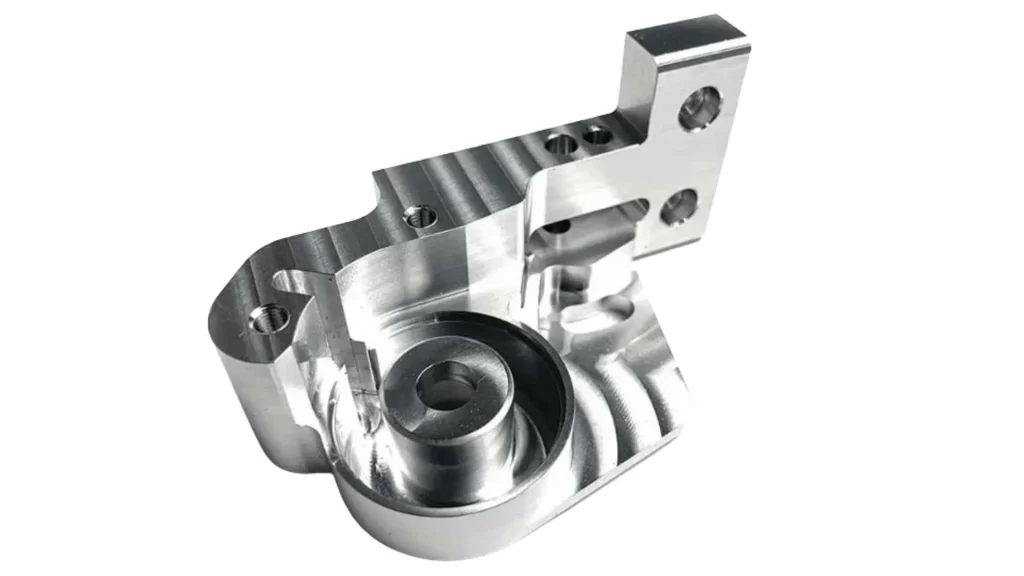
Custom Aluminum Enclosure Case
Frames and Wing Parts of Aircraft: T651 works better for structural features like fuselage frame parts, spars, and ribs. In these parts, maintaining accuracy and detailing is important. Although T6 can also be employed, it tends to need additional stress relief post-machining.
Landing Gear and Engine Mounts: T651 stability assists manufacturers in achieving complex machined part features such as parts of engine mounts. While T6 works well for creating landing gear assemblies where weight is a major concern.
Satellite and spacecraft components: T651 is optimal for some parts of satellites because they comprise great precision that T6 will distort with the temperature extremes.
2. Automotive Uses
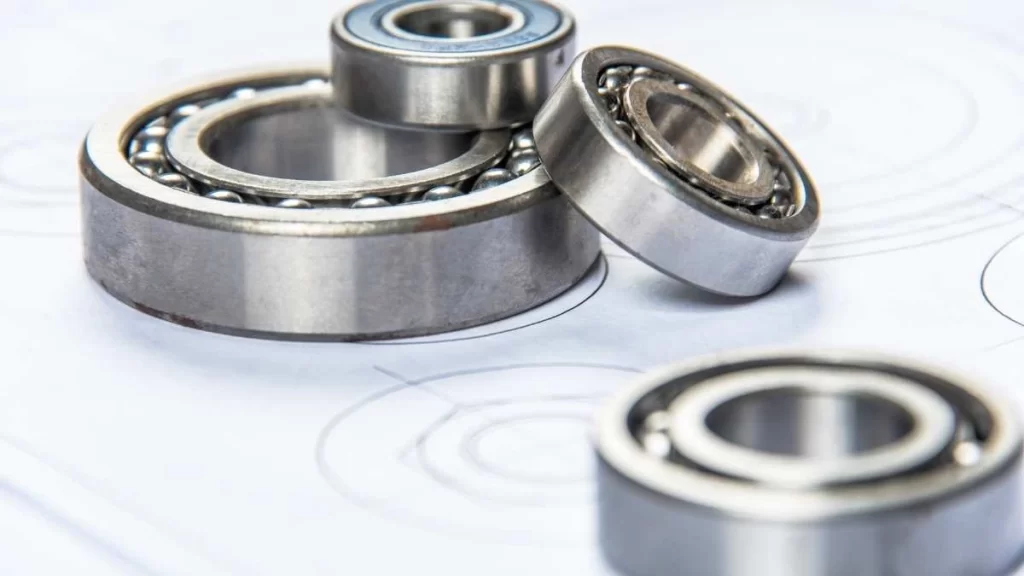
Aluminum Automotive Bearings
Chassis and Suspension Components: T6 is most common for low-weight and durable suspension car parts. On the other hand, T651 is used for components with small gaps and tolerances like brake calipers, and wheel hubs.
Cutting rims and Aluminum wheels: T6061-T6 is used in the vehicle’s wheels because of the balance it provides between strength and lightness. So, it increases fuel economy.
Frames of motorcycles and bicycles: T6 has broad applications, but T651 is preferred for custom-made frames. Because these frames go through complex machining procedures.
EV Battery Enclosures and Cooling Plates: The stability of T651 helps with better battery compartment integration. It also minimizes expansion issues in electric vehicles.
How Heat Treatment Impacts 6061-T6 and 6061-T651 Aluminum Properties
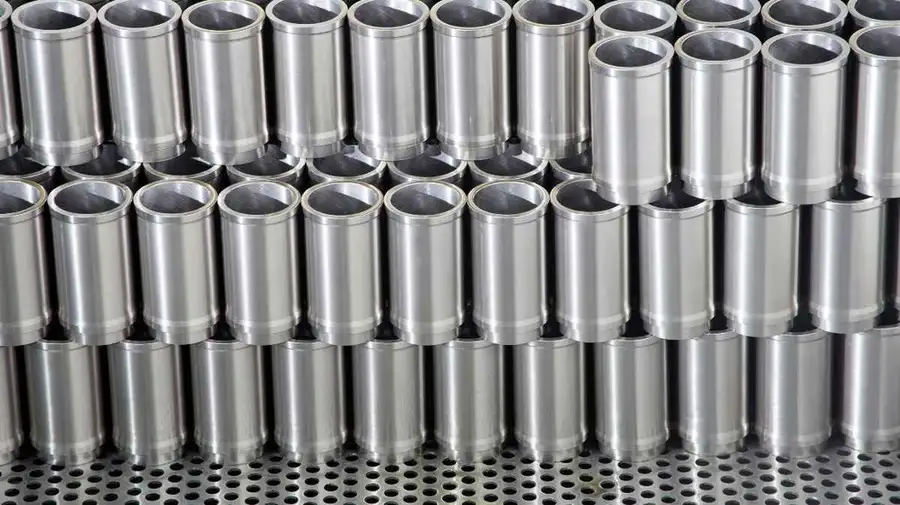
Heat Treated ALuminum Products
The 6061-T6 is usually heat treated at a temperature of 530°C. The heat treatment process increases its strength together with a hardness to substantial levels.
Then, it is quenched, and aged at 160-180°C for further improvements. The alloy reaches tensile strength up to 310 MPa together with yield strength reaching 276 MPa.
On the other hand, the heat treatment process for 6061-T651 includes all aspects of T6 with the sole addition of stretching after heat treatment.
The stretching process helps the alloy resist deformation during CNC machining. Part T651 reaches identical strength measurements as T6 through improved stability and more precise variation points.
Therefore, the product meets the specifications of the aerospace and automotive industries because of its precise features.
Order Custom Aluminum Machined Parts From Prolean Tech
Looking for high-precision aluminum machined parts? Prolean Tech has you covered!
We specialize in offering custom, complex detailed CNC machined parts/components with a tolerance as tight as ±0.0002″ (0.005mm).
Whether you need a quick prototype or full-scale production, we offer fast turnaround times, typically as long as one day. Our facility offers you a range of materials with up to 50+ options to choose from.
Moreover, our machining products are certified with ISO 9001:2015, so you can trust us for standard quality products. Get in touch today, and get an instant online quote!
FAQ’s
Q1: Difference between 6061-T6 and 6061-T6511:
6061-T6 goes through artificial aging and is heat-treated to improve its strength. While 6061-T651 undergoes additional stress stretch processes to make it more stable.
Q2: Which is stronger: 6061-T6 or 6061-T651?
6061-T6 has similar characteristics to 6061-T651. Normally, it is stretched for stability improvements, and often used for machining tight tolerance parts. Both have alike mechanical properties, but their stress reaction is different.
Q3: What are the 6061 t6 aluminum properties?
6061-T6 is a lightweight aluminum alloy. It performs better in harsh corrosive conditions. It has a tensile, and yield strength of about 45,000 psi, and 40,000 psi, respectively. Besides, it features good machinability. Therefore, it is heavily used for aerospace, automotive, and structural engineering components.
Q4: Is 6061-T651 aluminum better for machining than 6061-T6?
Yes, 6061-T651 is better for machining due to stress relief. The stretching process reduces the risk of warping and distortion. It offers better dimensional control in machined parts and is preferred for high-precision applications.
Q5: How does heat treatment affect 6061-T6 and T651 aluminum?
Heat treatment generally increases the hardness, strength, and toughness of any material. Generally, 6061-T651 is subject to an additional stress-relieving procedure after heat treatment. This process improves its stability during machining and reduces the diffusion of internal stress. Both variants are optimal in mechanical properties after heat treatment.
Q6: What industries use 6061-T6 and T651 aluminum alloys?
These alloys find wide applications in aerospace, automotive, and marine industries. They are also used in construction, electronics, and industrial equipment. Many manufacturers use them for both structural and complex pieces.
Q7: What is the best way to machine 6061 aluminum?
Utilize sharp carbide tools and high cutting speeds for optimal efficiency. Use adequate lubrication to control excessive heat and tool degradation. Moreover, controlling the feed rate aids in preventing work hardening.

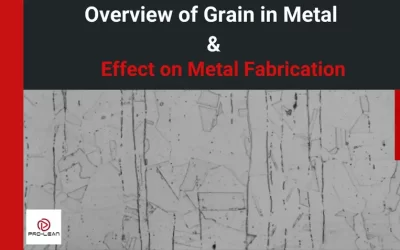
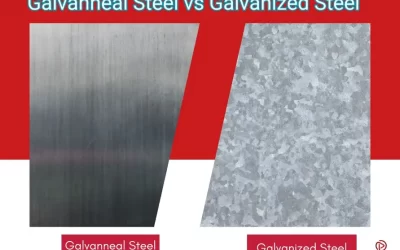
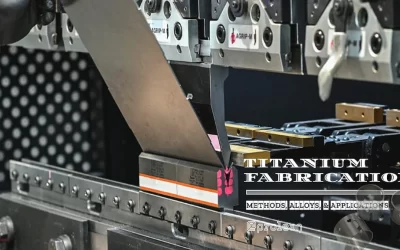
0 Comments